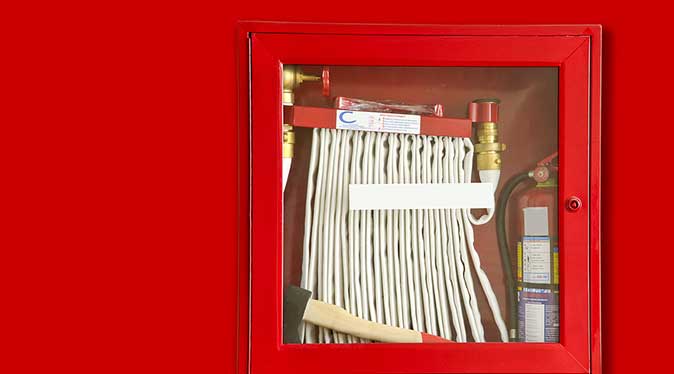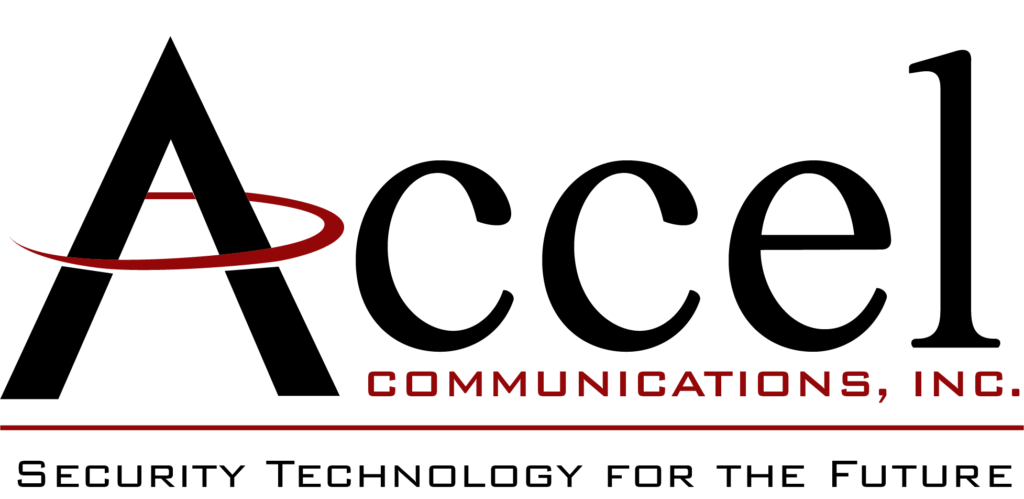Fire alarm systems are the unsung heroes of safety, silently standing guard until the moment they’re needed most. But their dependability hinges on regular testing and maintenance. Let’s dive into why this upkeep is crucial and how it transforms these systems from passive protectors to proactive sentinels.
The Lifecycle of Vigilance: Understanding Routine Testing and Maintenance
Fire alarm systems are dynamic, not static. Their effectiveness is sustained through a consistent cycle of routine testing and maintenance, which ensures they remain in peak condition.
Routine Testing: This involves scheduled tests of individual components like detectors, alarms, and control panels. These tests mimic different scenarios to confirm the system’s proper response to potential fires.
Preventive Maintenance: Beyond testing, preventive maintenance means taking proactive steps to spot and fix issues before they become problems. This includes visual inspections, cleaning, and replacing any worn-out parts.
Frequency Matters: Establishing a Testing Schedule
Consistency is key. Regular testing and maintenance, guided by a set schedule, ensure that all components are checked systematically and any issues are promptly fixed.
NFPA Guidelines: The National Fire Protection Association (NFPA) provides guidelines on how often to test and maintain systems. NFPA 72, the National Fire Alarm and Signaling Code, sets testing intervals based on the type of equipment and its environment.
Monthly Testing: Conduct simple tests, like pushing manual pull stations and checking alarms, every month. This helps catch immediate issues and ensures basic functionalities are working.
Quarterly and Annual Inspections: More detailed inspections should happen quarterly and annually. These cover the system’s finer details and confirm it’s ready for any emergency.
Functional Tests: Simulating Real-World Scenarios
Testing isn’t just about pushing buttons. It’s about simulating real conditions to see how the system reacts.
Smoke Detector Testing: Use equipment to simulate smoke and ensure detectors trigger alarms quickly. This ensures the system can detect fires early on.
Audible and Visible Alarms: Activate alarms to check their audibility and visibility in different building areas. It’s vital that alarms are noticeable in various conditions to alert everyone during an emergency.
Communication Tests: For systems with voice evacuation, test the clarity and audibility of voice messages. Clear communication is crucial during evacuations, and these tests ensure instructions are effectively conveyed.
Preventive Maintenance: Preserving Peak Performance
Preventive maintenance is about keeping the system in top shape, focusing on spotting and fixing potential problems before they disrupt functionality.
Visual Inspections: Regularly inspect all components for wear, damage, or environmental impacts. Look for loose connections, corrosion, or obstructions.
Cleaning and Calibration: Clean detectors and sensors to remove dust and debris. Calibrating sensors ensures accurate detection, reducing false alarms and ensuring real threats are identified quickly.
Battery Checks: Check backup power sources, usually batteries, regularly. Replacing them as needed ensures the system works even during power outages.
Documentation: A Trail of Diligence and Compliance
Keeping detailed records of all testing and maintenance activities is crucial. This documentation shows diligence and compliance with industry standards.
Testing Logs: Maintain logs that document each test session, including dates, specific tests, and any observations or actions taken. These logs provide a history of the system’s performance.
Maintenance Records: Record all maintenance activities, noting any repairs or replacements. These records help identify patterns and plan for future component replacements, ensuring compliance during inspections.
NFPA Inspection and Testing Forms: Many areas require specific forms based on NFPA guidelines. Filling these out accurately ensures compliance with industry standards and facilitates communication with regulatory authorities.
Professional Assistance: Expertise for In-Depth Evaluations
While on-site personnel can handle routine testing and maintenance, professional help is often essential for comprehensive evaluations.
Comprehensive Inspections: Certified professionals can conduct thorough annual inspections, spotting issues that might be missed during routine checks.
Code Compliance Checks: Professionals ensure the system meets the latest codes and regulations, staying current with any changes.
Upgrades and Modernization: Technicians can recommend upgrades to enhance the system. As technology evolves, they help building owners make informed decisions about improvements.
By prioritizing routine testing and preventive maintenance, you ensure that your fire alarm systems at Accel Communications in Phoenix, AZ, remain ready and reliable, protecting lives and property with unwavering vigilance. Get in touch with our team of experts by calling (623) 321-2430.
- How Live Video Monitoring Works: A Behind-the-Scenes Look - March 26, 2025
- Why Every Phoenix Small Business Needs Live Video Monitoring - March 10, 2025
- How Card Readers Can Elevate Your Security Game - February 18, 2025



